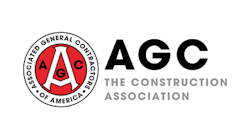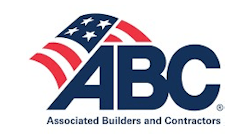On a Mesopotamian clay tablet dating back to 2750 BC, two farmers and a merchant wrote a form of surety bond: They described a guarantee for tending fields and sharing the proceeds. And around AD 150, the Roman Empire developed laws of surety that still exist in today’s suretyship principles.But not until the latter part of the 19th century did corporate surety bonds come into being, says the Surety Information Office in Washington, DC. Since 1893, the United States Government has required contractors on federal public works contracts to obtain surety bonds to guarantee that they will perform such contracts and pay certain labor and material bills. The current federal law mandating surety bonds on federal public works projects is known as the Miller Act. It requires performance and payment bonds for all public works contracts in excess of $100,000 and payment protection, with payment bonds the preferred method, for contracts in excess of $25,000. And in nearly all 50 states, the District of Columbia, Puerto Rico, and many local jurisdictions, legislation requires surety bonds on public works.Construction is very risky business. According to Dun & Bradstreet’s Business Failure Record, an average of 10,000 contractors fail each year, leaving behind them many unfinished private and public construction projects. Surety bonds assure project owners that contractors will perform the work and pay their subcontractors, laborers, and material suppliers. A surety bond is a risk-transfer mechanism by which the surety company guarantees to the obligee (the owner) that the principal (the contractor) will perform a contract.Three primary types of surety bonds are used in construction: bid, performance, and payment bonds. A bid bond provides financial assurance that the bid has been submitted in good faith and that the contractor intends to enter into the contract at the price bid and provide the required performance and payment bonds. The performance bond protects the owner from financial loss if the contractor fails to perform the contract’s terms and conditions. The payment bond guarantees that the contractor will pay certain subcontractors, laborers, and material suppliers on the project.The use of surety bonds on privately owned construction projects is at the owner’s discretion. With a surety bond, the risks of project completion are shifted from the owner to the surety company. Because of that, many private owners require surety bonds from their contractors to protect their company and shareholders from the enormous cost of contractor failure. Subcontractors may be required to obtain bonds to help the prime contractor manage risk, particularly if the subcontractor has a significant part of the job or is doing specialized work that is difficult to replace.








